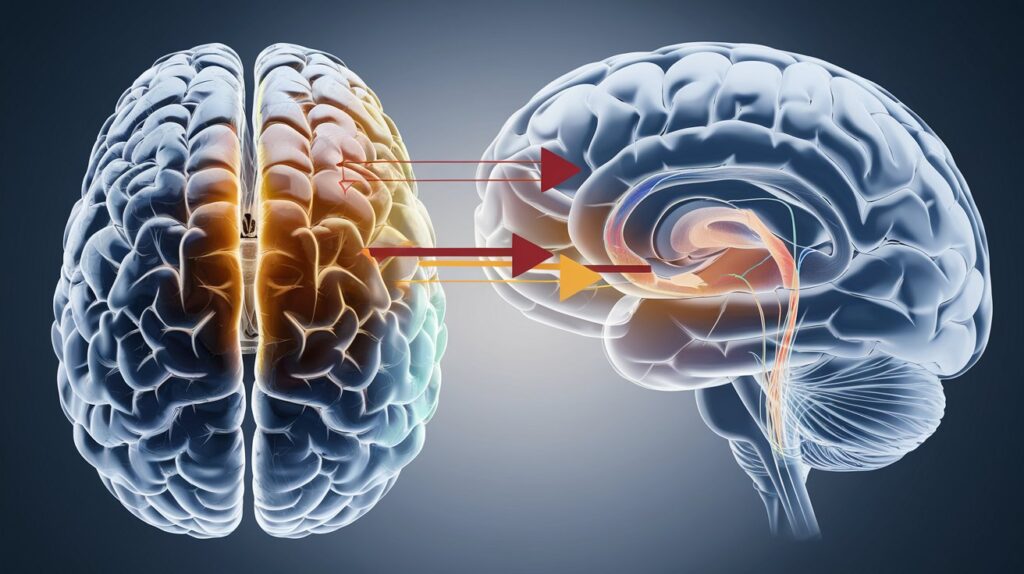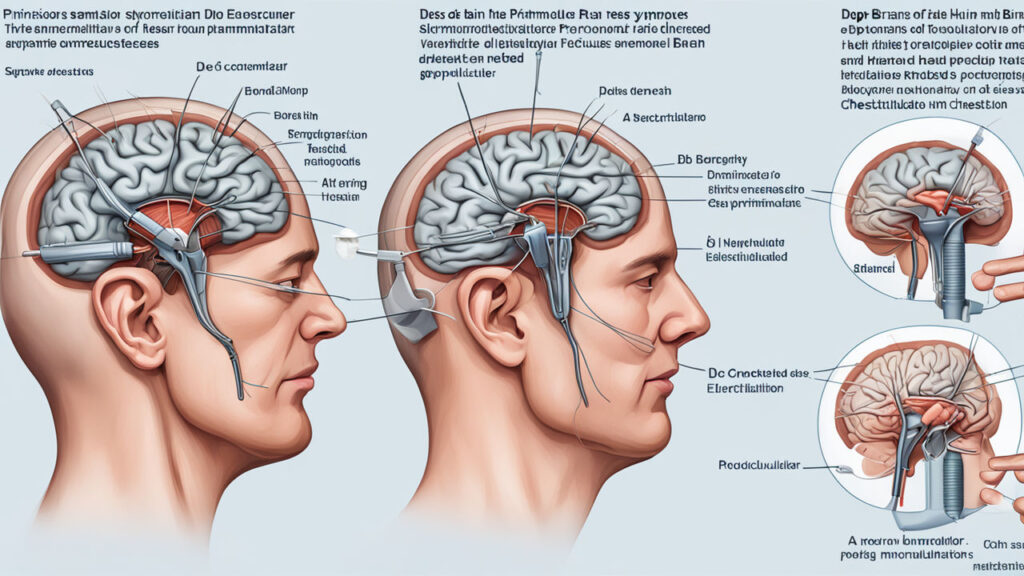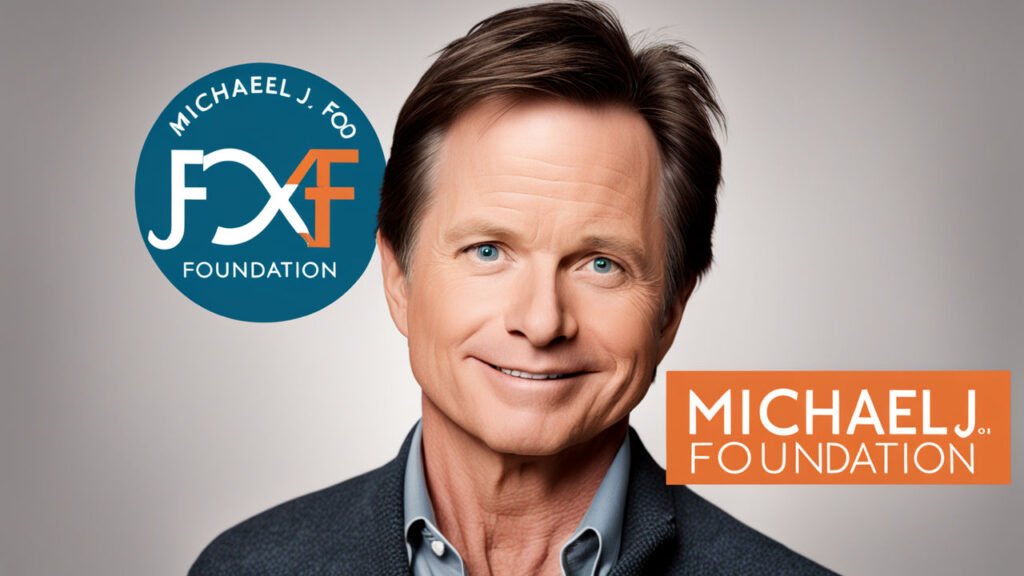Introduction
Prominent figures who have battled Parkinson’s disease include Brett Favre, Michael J. Fox, Muhammad Ali, Billy Connolly, and Pope John Paul II, each using their platforms to raise awareness and inspire others facing similar challenges.
Brett Favre
Brett Favre is a legendary former NFL quarterback celebrated for his remarkable career, particularly with the Green Bay Packers (1992-2007). Born on October 10, 1969, in Gulfport, Mississippi, he set multiple college records at the University of Southern Mississippi before being drafted by the Atlanta Falcons in 1991. Favre became the Packers’ all-time leader in passing yards and touchdowns, leading them to a Super Bowl XXXI victory in 1997 and earning Super Bowl MVP honors.

Known as “The Iron Man,” he held records for most career touchdown passes and consecutive starts (297 games) at the time of his retirement. A three-time NFL MVP and 11-time Pro Bowl selection, Favre briefly returned to the NFL with the New York Jets and Minnesota Vikings, where he led the Vikings to the NFC Championship Game in 2009.
Off the field, Favre is committed to philanthropy through the Brett Favre Fourward Foundation and has been candid about his struggles with addiction, advocating for mental health awareness. In 2023, he revealed his diagnosis of Parkinson’s disease, using his platform to raise awareness for the condition. Favre’s legacy as one of the greatest quarterbacks in NFL history continues to inspire athletes and fans alike, embodying resilience in both sports and life.
Parkinson’s disease (PD) is a progressive neurological disorder that affects movement control, and while it affects millions worldwide, hearing about it from prominent figures can bring much-needed attention to the disease.

This article will explore the symptoms, causes, diagnosis, and treatment options for Parkinson’s disease, along with stories of well-known individuals who have battled the disease.
Symptoms of Parkinson’s Disease
The symptoms of Parkinson’s usually appear gradually and worsen over time. They are categorized into motor and non-motor symptoms:

Motor Symptoms:
- Tremors: Involuntary shaking, often starting in the hands or fingers, is a hallmark symptom.
- Bradykinesia (Slowness of movement): Simple tasks, such as getting up from a chair or walking, may become difficult.
- Muscle rigidity: Stiff muscles can occur in any part of the body, limiting movement and causing pain.
- Impaired balance and coordination: As the disease progresses, individuals may experience difficulty walking and an increased risk of falling.
Non-Motor Symptoms:
- Cognitive changes: Some individuals may experience memory problems or difficulty in focusing.
- Sleep disturbances: Difficulty falling asleep, staying asleep, or experiencing restful sleep is common.
- Mood disorders: Depression, anxiety, and apathy are frequent in patients with Parkinson’s disease.
- Autonomic dysfunction: This can lead to issues with digestion, heart rate, and blood pressure regulation.
Causes and Risk Factors
Parkinson’s disease is caused by a combination of genetic and environmental factors. In most cases, it is not inherited, although a small percentage of individuals inherit gene mutations that increase their risk. Some potential causes and risk factors include:

- Genetic mutations: Certain gene mutations have been linked to Parkinson’s, though these are rare and mostly seen in early-onset cases.
- Environmental toxins: Exposure to pesticides, herbicides, or other chemicals may increase the risk.
- Age: Parkinson’s is more common in individuals over the age of 60.
- Sex: Men are slightly more likely to develop Parkinson’s than women.
- Head injury: A history of traumatic brain injury may contribute to the development of the disease.
Diagnosis
There is no definitive test for Parkinson’s disease. Diagnosis is typically made through a combination of medical history, a neurological examination, and observation of symptoms. In some cases, doctors may use imaging tests, such as MRI or PET scans, to rule out other conditions that may mimic Parkinson’s.
A response to Parkinson’s medications, like levodopa, often confirms the diagnosis, as improvement in symptoms typically indicates dopamine deficiency.
Treatment Options
While there is no cure for Parkinson’s disease, various treatments can help manage symptoms and improve quality of life:
- Medications:
- Levodopa: The most effective medication, it converts into dopamine in the brain.
- Dopamine agonists: Mimic the effects of dopamine in the brain.
- MAO-B inhibitors: Prevent the breakdown of dopamine.
- Surgical interventions:
- Deep brain stimulation (DBS): Electrodes are implanted in specific brain areas to regulate abnormal impulses, which can alleviate motor symptoms in advanced cases.
- Lifestyle changes:
- Regular exercise, physical therapy, and occupational therapy can help maintain mobility and reduce muscle stiffness.
- Supportive therapies:
- Speech therapy for vocal changes.
- Counseling and social support for dealing with emotional and cognitive challenges.
Prominent Figures Affected by Parkinson’s Disease
Several high-profile individuals have brought significant awareness to Parkinson’s disease through their personal battles with the condition. Their stories of resilience and advocacy have helped to remove some of the stigma associated with it and have raised funds for research.
1. Michael J. Fox
One of the most well-known advocates for Parkinson’s disease, actor Michael J. Fox was diagnosed with early-onset Parkinson’s in 1991 at the age of 29. Despite the diagnosis, he continued his acting career for years, later creating the Michael J. Fox Foundation in 2000, which is now one of the leading organizations funding research for Parkinson’s disease. Fox’s advocacy has inspired millions, showing that life can still be meaningful and full of purpose despite the disease.

2. Muhammad Ali
The legendary boxer was diagnosed with Parkinson’s in 1984, three years after retiring from the sport. Many experts believe his diagnosis was linked to his years of head trauma in the ring. Ali used his fame to raise awareness of Parkinson’s and worked with several organizations to promote research into the disease. His public appearances, despite the visible progression of his condition, humanized the illness for many and helped reduce the stigma.

3. Robin Williams
Comedian and actor Robin Williams was diagnosed with Parkinson’s disease shortly before his death in 2014. While his diagnosis was not widely known during his life, his widow later revealed that Williams had been struggling with both Parkinson’s and Lewy body dementia, a condition that often coexists with Parkinson’s. His struggle highlighted the mental and emotional challenges that can accompany the disease.
4. Pope John Paul II

Pope John Paul II, one of the most beloved leaders of the Roman Catholic Church, was diagnosed with Parkinson’s disease in the early 1990s. Despite his declining health, he continued his papacy for over a decade until his death in 2005. His battle with the illness was often visible during public appearances, but he remained committed to his role, inspiring others with his courage and faith.
5. Billy Connolly

The Scottish comedian and actor Billy Connolly was diagnosed with Parkinson’s disease in 2013. Known for his humor and wit, Connolly has spoken openly about how the disease has affected him. Despite his diagnosis, he continued to perform for several years and has become an advocate for Parkinson’s awareness.
Conclusion
Parkinson’s disease is a complex and challenging condition that affects millions worldwide. Though there is no cure, advances in treatment and therapy have enabled many people with Parkinson’s to live fulfilling lives. The courage and advocacy of prominent figures like Michael J. Fox and Muhammad Ali have brought global attention to the condition, fostering hope and understanding. Ongoing research promises to bring new therapies and, one day, perhaps even a cure for this debilitating disease.
By continuing to raise awareness, supporting scientific research, and providing compassionate care for those affected, we can improve the quality of life for those with Parkinson’s and move closer to a world without this disease.